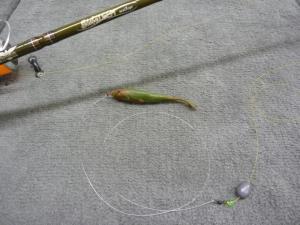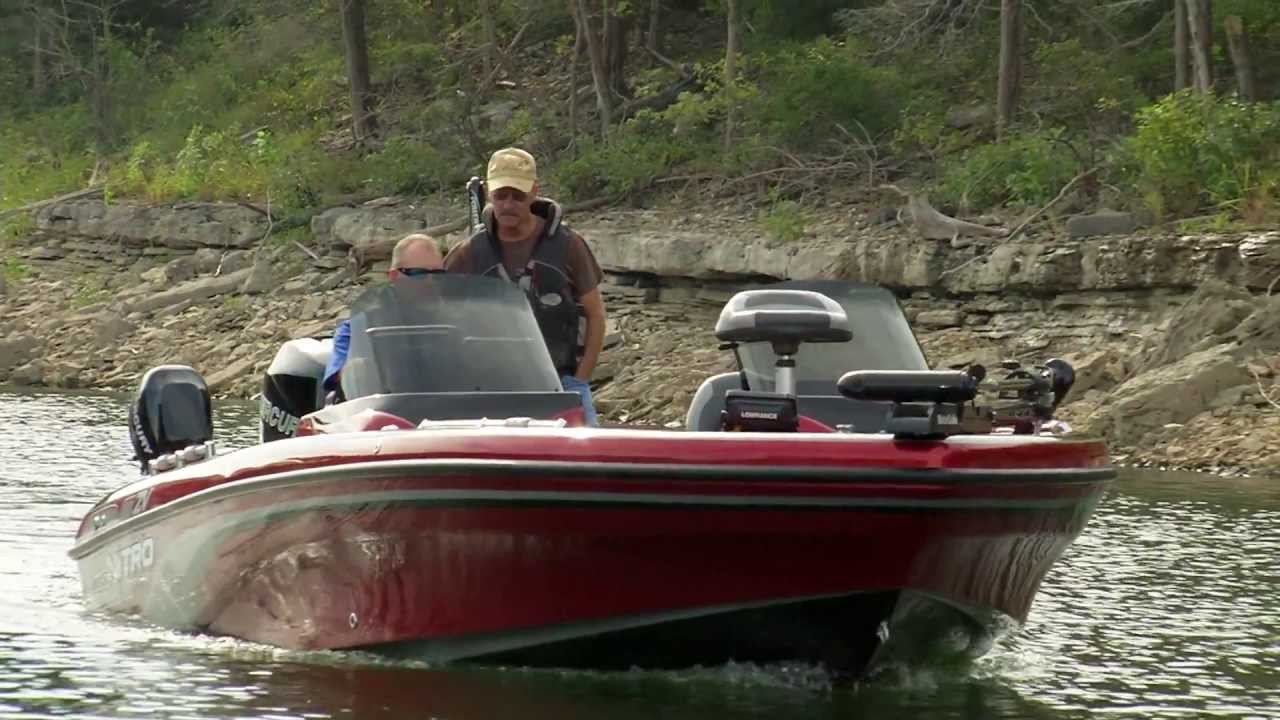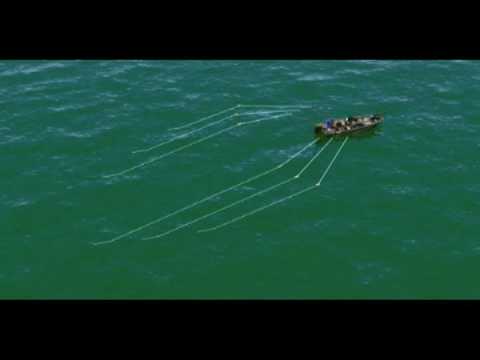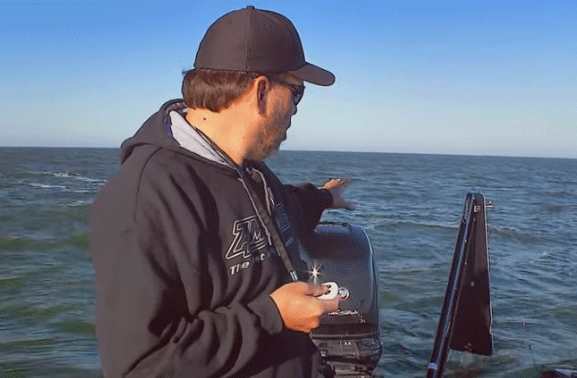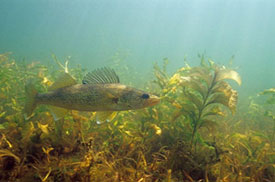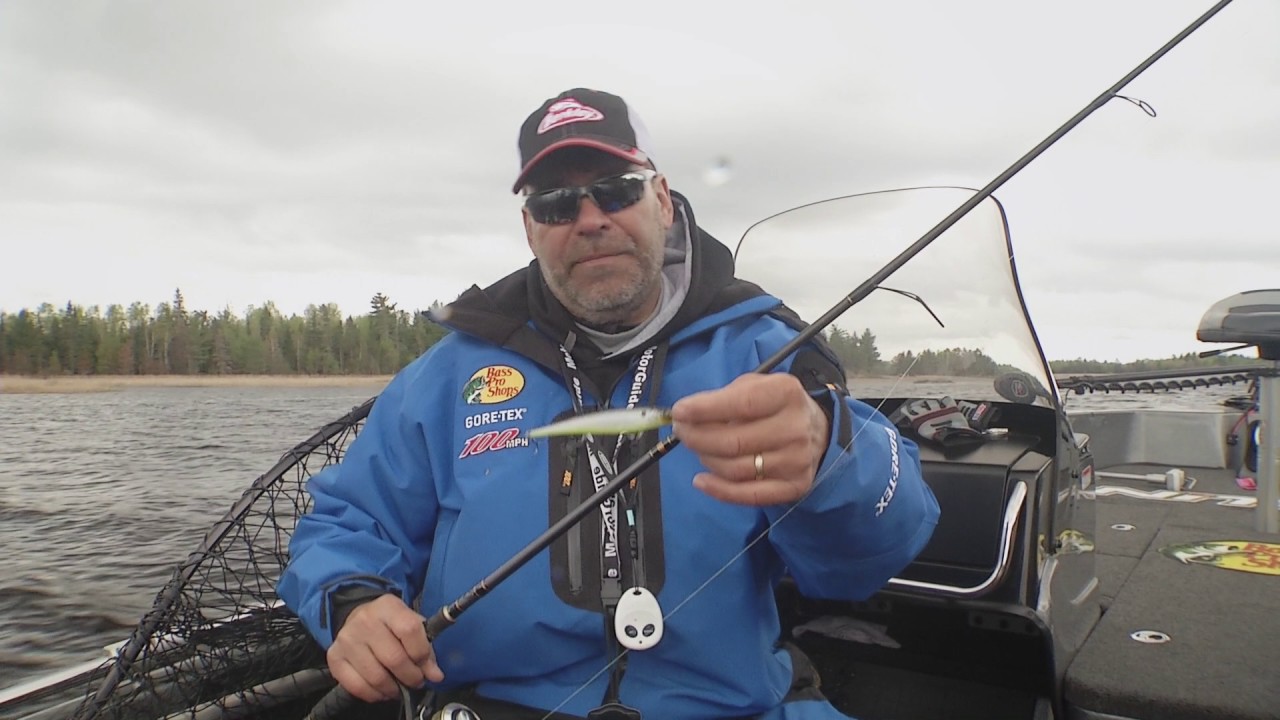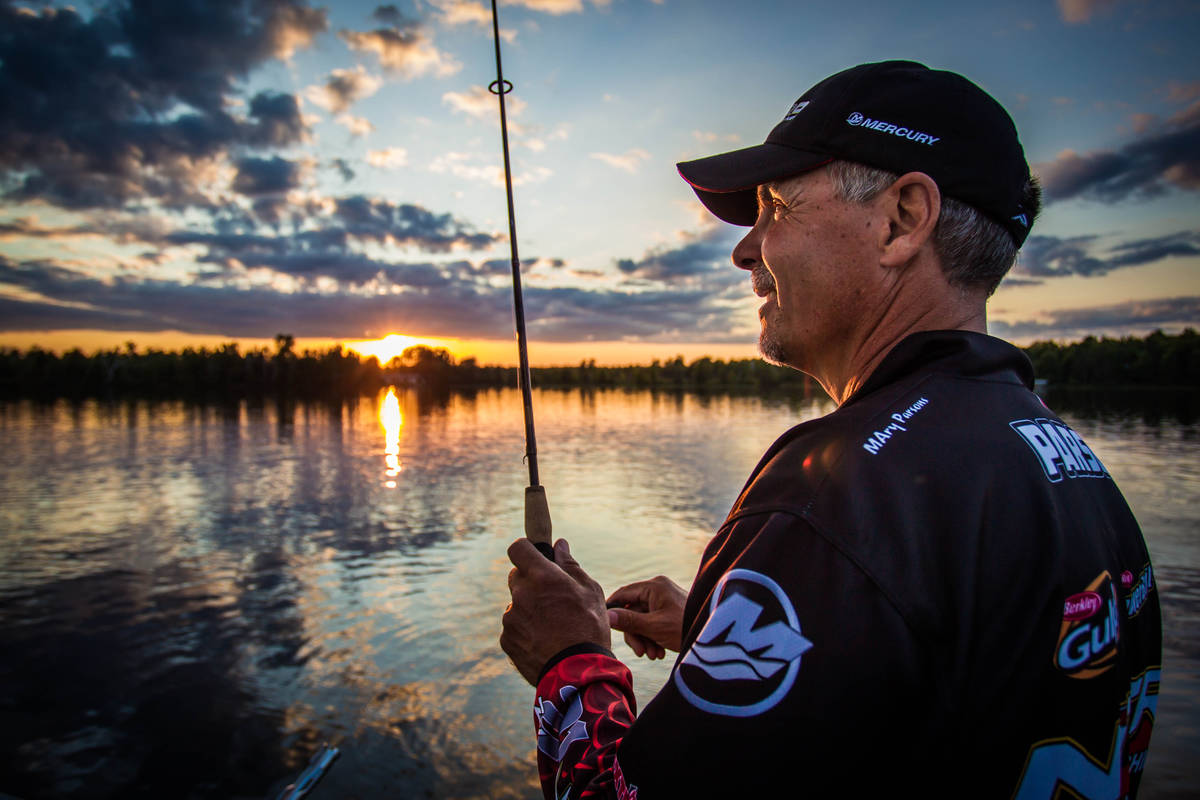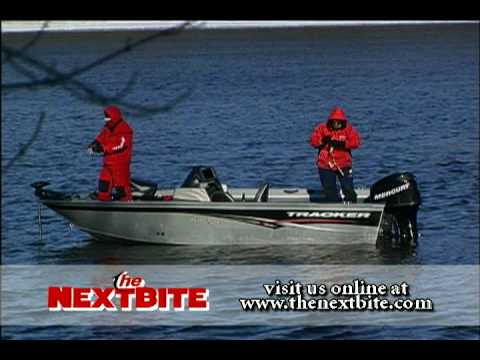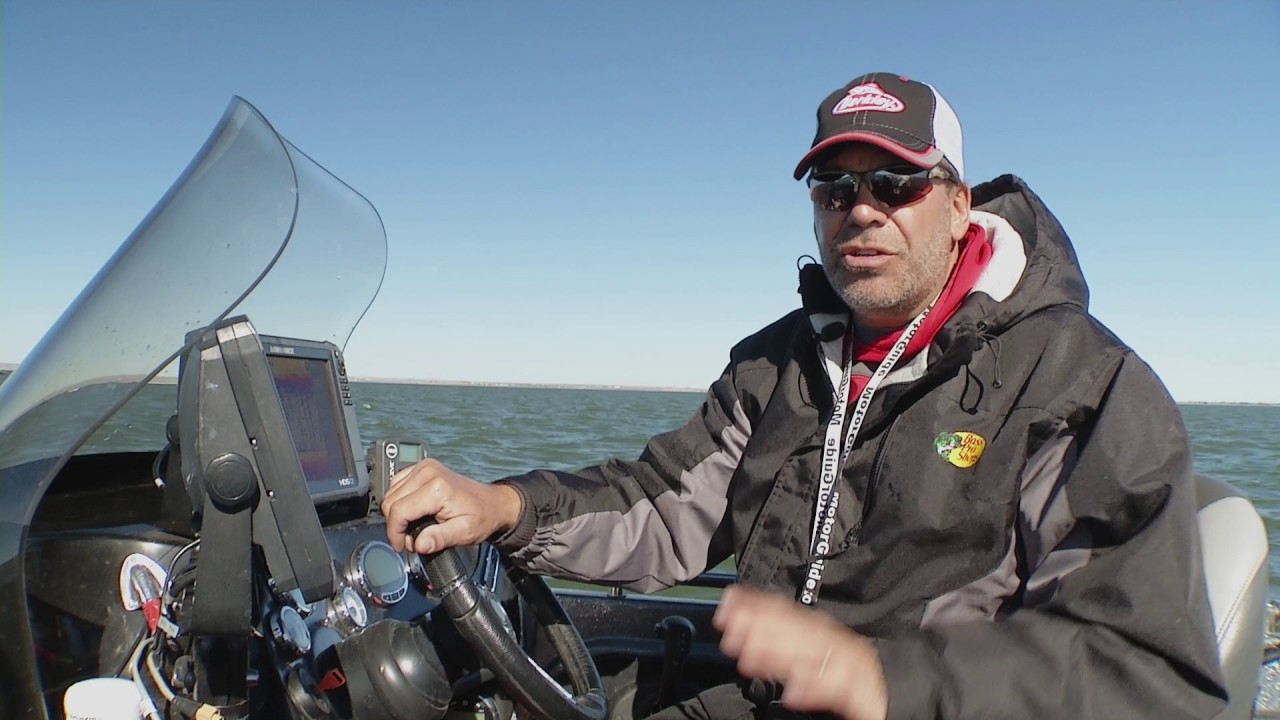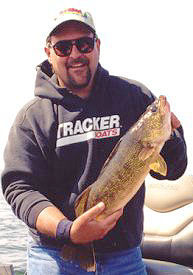
Although summer time typically marks the peak of walleye activity on most bodies of water, there are still times when the fish seem to go into a funk and just go off the bite. It may be due to a cold front, or even heavy fishing pressure. Under such conditions, the walleyes will normally move from summer feeding flats to the nearest deeper structure. There they seemingly lay around and lazily sulk until their mood improves. To turn these negative fish into biters calls for a finesse approach … something that will put a bait right in their face and leave it there long enough to trigger a response. Few tactics fit the bill better than a live bait rig.
Total Solutions Technique
The slip-sinker live bait rig is the definitive finesse technique when it comes to coaxing tough to catch walleyes into biting. Finding the fish, moving slow, using light line and good lively bait are among the key ingredients to making the system work. In it’s simplest form the slip-sinker live bait rig consists of a spinning rod and reel spooled with light line, a walking style slip sinker, a small swivel, a leader and small hook tipped with a leech, a crawler or a minnow.
Locating the walleyes is always the tough part of the equation. Use your electronics and hunt for tell-tale marks on the bottom just off key breaks, points, or mid-lake humps. On some natural lakes, deep weed lines will be another key locale. Once you’ve pin pointed a likely spot, use your electric trolling motor to slowly work the rig through the area.
Fish the rig fairly vertical, at about a 45 degree angle from the rod tip, and leave the reel bail open, using your index finger to hold the line. This will help you feel even the subtlest of bites. When a fish takes the bait, release the line from your finger allowing the fish to take a few feet of line and take the bait without feeling any resistance. Close the bail, tighten up the line until you feel the weight of the fish, then set the hook with a sweeping motion.
 Total Solutions Equipment
Total Solutions Equipment
The gear used for live bait rigging is very important. This is a “feel” technique, so sensitivity is important all the way from the bait to your hand. A good rod for rigging will typically be a high-modulus graphite model in the 6’6” to 7’ foot range with a medium to medium light action. The longer length is helpful in getting a good sweeping hookset as well as fighting fish on light line.
Line choice is very important. You want a line that is supple yet strong. For the main line, Berkley Trilene Sensation in 6 or 8 pound test is a good choice. It has great strength for its diameter yet it’s highly flexible and lays on the reel nice. Sensation also features limited stretch so it is sensitive and telegraphs light bites very well, and it has good abrasion resistance which can really come in handy when trying to pull fish from rocky, snag infested waters. For the leader material, I will use either Sensation again, or 6 pound test Berkley Vanish Fluorocarbon. Vanish makes an ideal leader material due to fluorocarbon’s characteristics of both strength and invisibility under water.
Match your hook size to the bait you’re using. Generally a size #6 bait hook works well for leeches and smaller crawlers, a size #4 hook for larger crawlers and small minnows, and a size #2 for larger minnows. In summer, its tough to beat a lively leech on most bodies of water, but crawlers are also a good summer choice to have available. And lively bait is paramount. If the bait isn’t swimming around seductively on the end of your line, you aren’t going to catch nearly as many walleyes. Summer heat can ruin live bait in a hurry, so keep your bait cool and lively for optimum success.
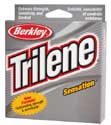 Berkley® Trilene® Sensation® |
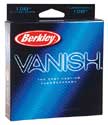 Berkley® Vanish® |

